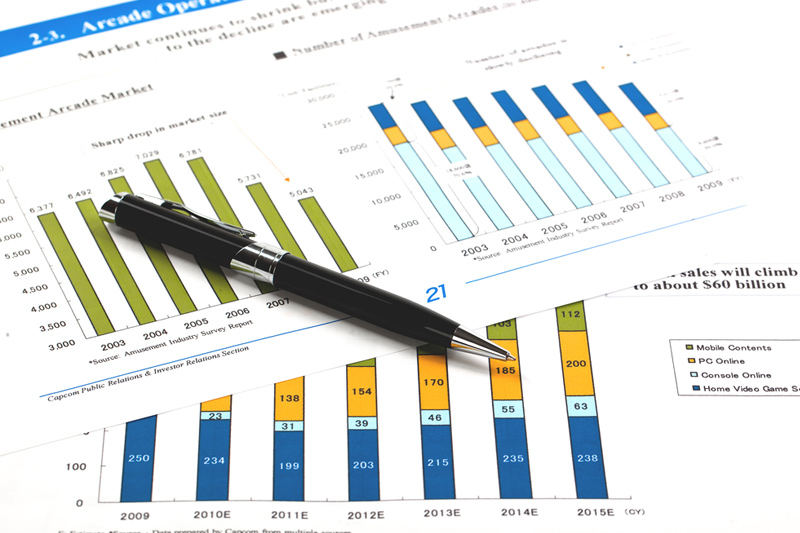[ad_1]
© Reuters. A vendor sells lemons at a wholesale market in Mumbai, India, June 14, 2018. REUTERS/Francis Mascarenhas/Files
By Anant Chandak and Milounee Purohit
BENGALURU (Reuters) – India consumer price inflation likely cooled to a nine-month low of 6.40% in November mainly due to a moderation in food prices, according to a Reuters poll of economists.
Inflation has stayed above the upper end of the Reserve Bank of India’s 2%-6% tolerance band all year and this has triggered 225 basis points of interest rate rises to the repo rate so far, taking it to 6.25%.
If the inflation forecast is correct, the decline would take it to where it was just before Russia invaded Ukraine in February, which sent global food and commodity prices soaring.
Food prices alone account for nearly 40% of the consumer price index (CPI) basket in Asia’s third largest economy.
The Dec. 5-8 Reuters poll of 45 economists predicted the second consecutive decline in inflation to an annual 6.40% from 6.77% in October. Forecasts were in a 6.00%-7.02% range.
“We will continue to see inflation falling. Lower food prices, especially vegetables, and stable energy and gasoline prices should see India’s headline inflation index dropping to a level roughly in line with policy interest rates,” noted Robert Carnell, head of ING’s Asia-Pacific research.
The RBI raised interest rates by a smaller 35 basis points on Wednesday following three successive 50-basis-point rises and is due to raise them again by 25 basis points early in 2023.
The central bank maintained its inflation forecast for financial year 2022/23 at 6.7%, the same as a recent Reuters poll. But economists were not ready to say the downtrend over the last few months is here to stay.
“To be sure, policymakers will have to be vigilant because headline CPI inflation is still expected to be sticky, and average 6.5% between October 2022 and March 2023, in our view,” noted economists at J.P. Morgan.
“Monthly momentum of core inflation re-accelerated in September and October to 0.5-0.6% which translated into 6.5% year-over-year in October. Furthermore, there are upside risks to food inflation particularly from cereals.”
[ad_2]
Image and article originally from www.investing.com. Read the original article here.

